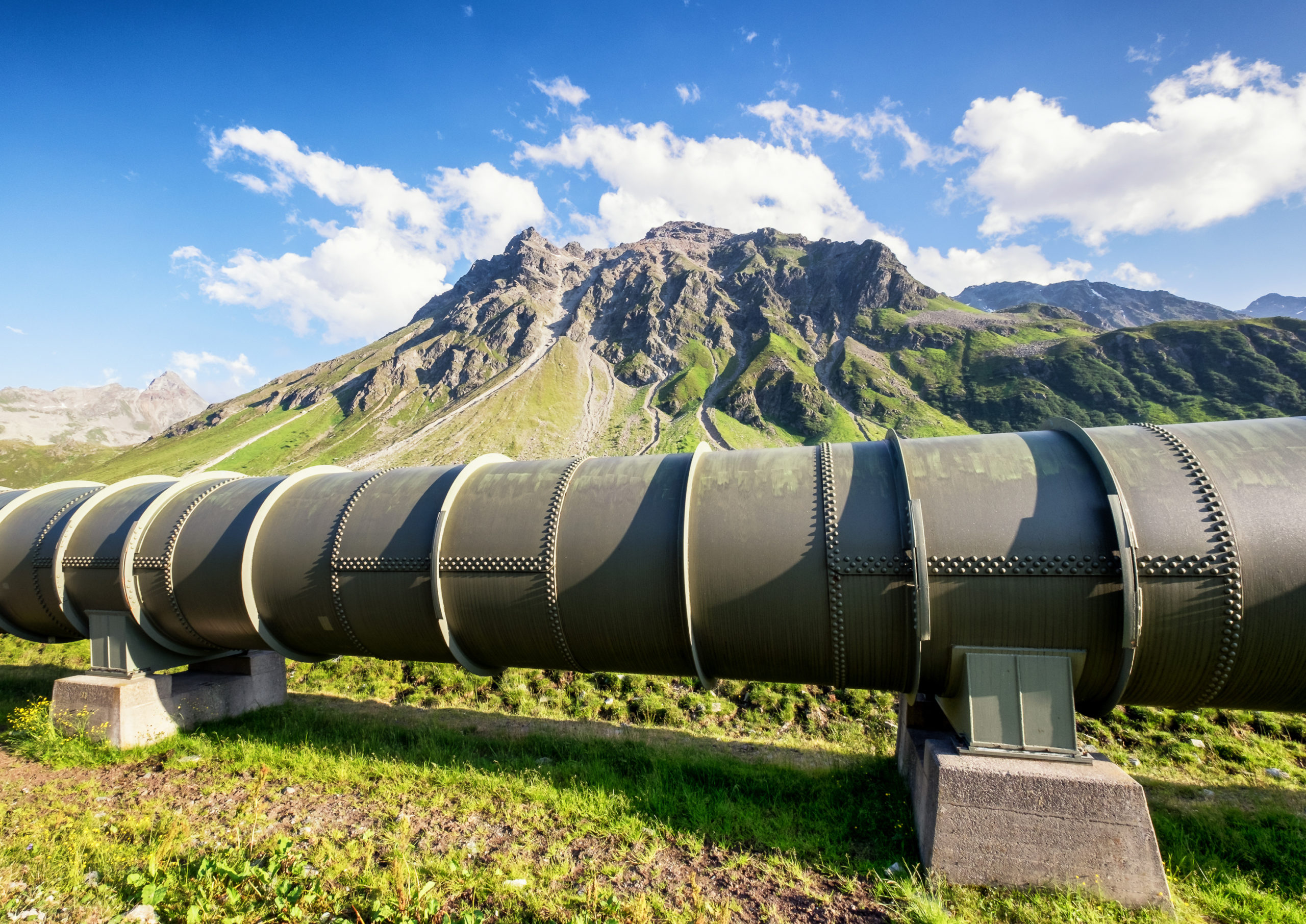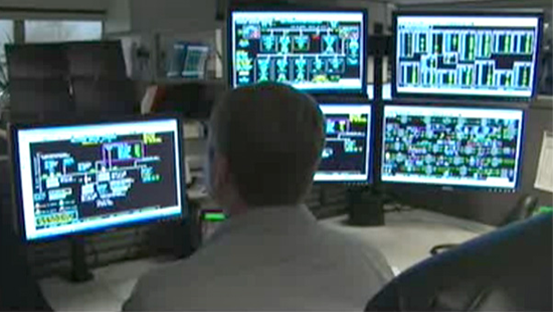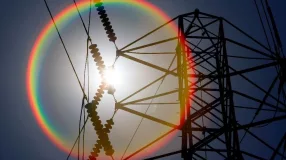Compressor stations are above ground facilities that pressurize natural gas and allow it to efficiently flow through pipelines for safe and reliable delivery. These stations are located about every 40 to 100 miles along a natural gas pipeline and fulfill a critical function that keeps our energy infrastructure working. Interstate natural gas transmission compressor stations are engineered, constructed, operated and maintained in accordance with strict regulatory requirements by the U.S. Environmental Protection Agency (EPA) and the U.S. Department of Transportation’s (DOT) Pipeline and Hazardous Materials Safety Administration (PHMSA).
In order to assess our progress in reducing methane emissions, INGAA analyzed the methane emissions data that the transmission and storage sector reported to EPA between 2011-2017 under Subpart W of the mandatory Greenhouse Gas Reporting Rule. The data showed that between 2011 and 2017, average methane emissions from transmission and storage natural gas compressor stations decreased by 23 percent. During this time, the total emissions from these facilities decreased from 4,810,192 metric tons of CO2-equivalent to 4,530,277 metric tons of CO2-equivalent. Yet, the number of transmission and storage natural gas compressor stations reporting these data to EPA increased from 465 to 567. That means that the emissions decreased from an average of 10,344 metric tons of CO2-equivalent per facility to 7,990 metric tons of CO2-equivalent per facility. This average reduction is equivalent to each of these 567 transmission and storage compressor stations taking 500 passenger vehicles off the road each year, for a total of 1.1 million passenger vehicles removed from the road between 2011 and 2017.
INGAA members recognize the importance of minimizing methane emissions from compressor stations and have been taking actions for many years to reduce these emissions. In addition to complying with mandatory federal regulations, the natural gas pipeline industry has voluntarily implemented various measures for compressor stations. Through our Methane Emissions Commitments, members of INGAA have pledged to continuously improving practices to minimize methane emissions while also maintaining safe operations.
Members are fulfilling these methane commitments by performing leak surveys, replacing rod packing seals on a regular basis, transparently reporting methane emissions and collaborating with other members and organizations on research and development to identify effective practices. Some INGAA members also participate in additional voluntary programs that seek to lower methane emissions, such as the ONE Future Coalition and the U.S. Environmental Protection Agency’s (EPA) Methane Challenge Program.
Compressor stations are just one part of the natural gas transmission process, but our industry has made significant progress in lowering the average methane emissions at these facilities. Check back soon for more details on the specific actions our members are taking to minimize these emissions.







